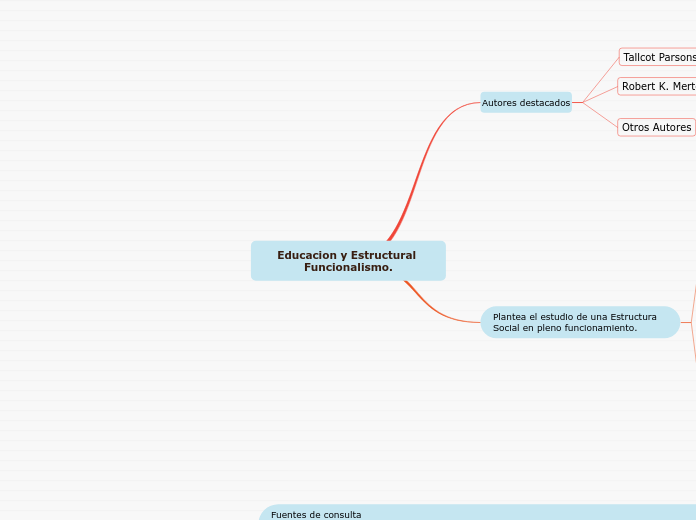av RENE MTZ 4 år siden
458
Educacion y Estructural Funcionalismo.

av RENE MTZ 4 år siden
458

Mer som dette

To name your story, you have to think about the overall message and what you want your audience to understand from the story. Also, make it relevant and easy to remember.
The middle of the story is where you add layers of complications that will lead to the end. Reveal more about the character's journey. Did their personality go through changes? How did they overcome the challenges? And as you build up the story’s central conflict, make it more personal to that character. Also, from the middle act, you have to lead into the final act.
Intelectual
Moral
Fisica
Se encarga de inculcar interiorizar ideas, valores, principios, creencias, costumbres, hábitos, encaminados al buen funcionamiento dela estructura social
Aparato Normativo
Normas
internas
Externas
Each story has a main character and that character usually needs to solve a problem or challenge. The character's challenge is the one that creates tension throughout the story.
Movilidad Social Vertical
Desmejora Social
Mejoría Social
Movilidad Social Horizontal
Status (Posicion)
Educacion Escolar
Ocupacional
Organización y control de negocios y empleados
Politica
Considera el tamaño del Organismo Político y la heterogeneidad Intercambio regular de elementos formales e informales
Económica
A mayor escoalridad, mayor desarrollo de un pais
Rool (Papel)
In the beginning of the story (or the exposition), you will need to introduce the setting and characters. You might also want to introduce the main conflict. This part of the story is important because it gives the reader necessary background information and maybe even a first insight into a character’s personality.
Characters are essential to a good story. Usually, the protagonist(s) is/are the most affected by the plot. Introduce a character by focusing on their actions, interests, and occupation, as the physical appearance doesn't make a difference in most cases.
The setting (time & place) of a story can change throughout the plot.